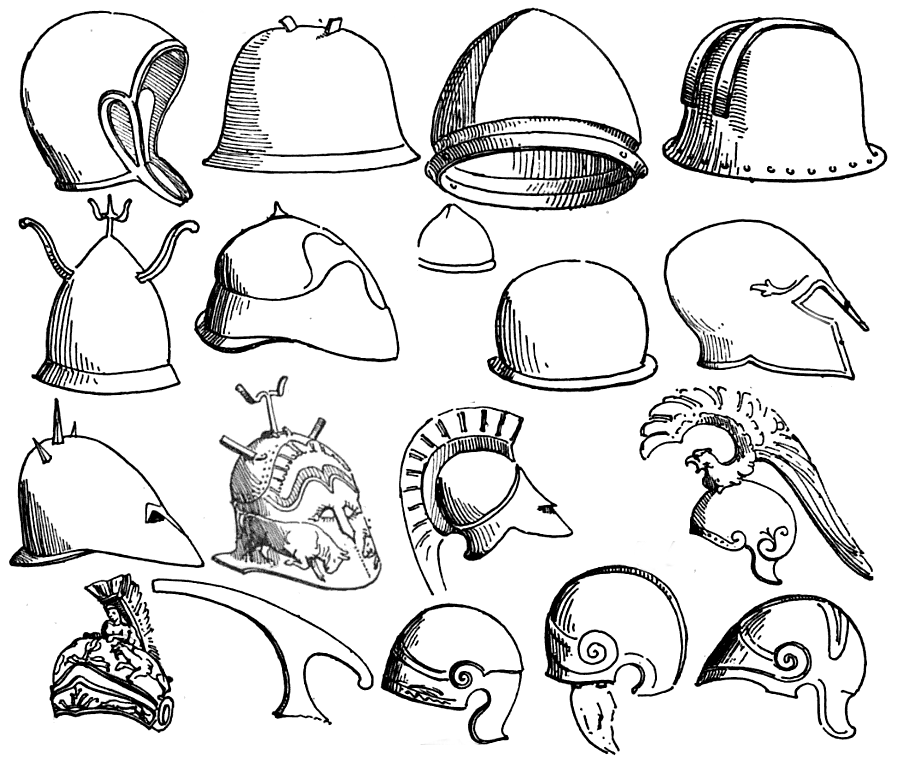Tool collector or serious hobbyist? Either way, Jacques Jodoin’s incredible basement woodworking shop has to be seen to be believed. There’s three pages of photos of his shop with every tool imaginable; it almost looks like a store. I love all the tiny bins.
This Japanese “museum” of fantastic specimens (actually gaffs of imaginary creatures) shows what you can accomplish with papier-mâché. The museum itself is in Japanese, but the link is to a page which attempts to guide you through it in English (h/t to Propnomicon for pointing me to the site).
La Bricoleuse has been doing some interesting documentation of the armor that was rented for PlayMaker Rep’s upcoming repertory productions of Henry IVÂ and Henry VÂ (the same shows I just worked on). This post, for example, looks at photos of various pieces and annotates the choices made in their construction, describing what she likes (and what she doesn’t).
Die Hausbücher der Nürnberger Zwölfbrüderstiftungen has a collection of over 1300 color illustrations detailing many of the manufacturing processes and crafts from 1388 to the 19th century. The pages are in German, so you may want to run it through a translator.
Young People Today Wouldn’t Recognize New York Of The 1980s. These color photographs of New York City from the 1980s will help you the next time you are working on a period version of Fame.
This is an unfortunately brief article about working backstage in China, including a quote from a prop master. It sounds like they have to go through the same kinds of things we do over here though.




